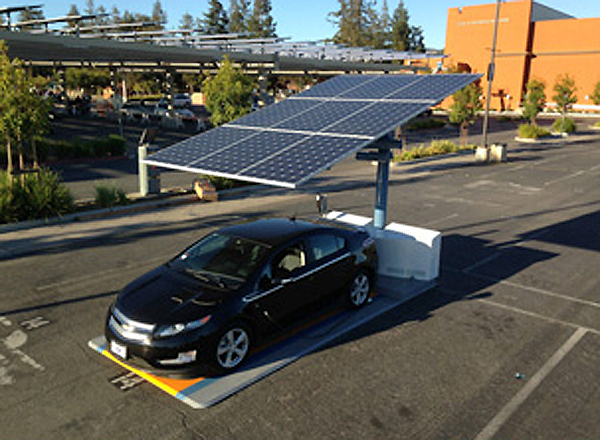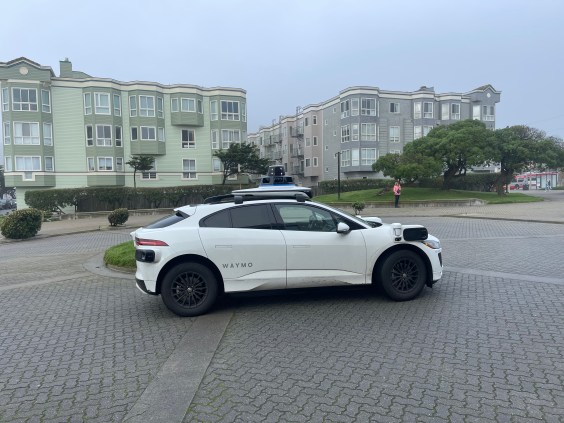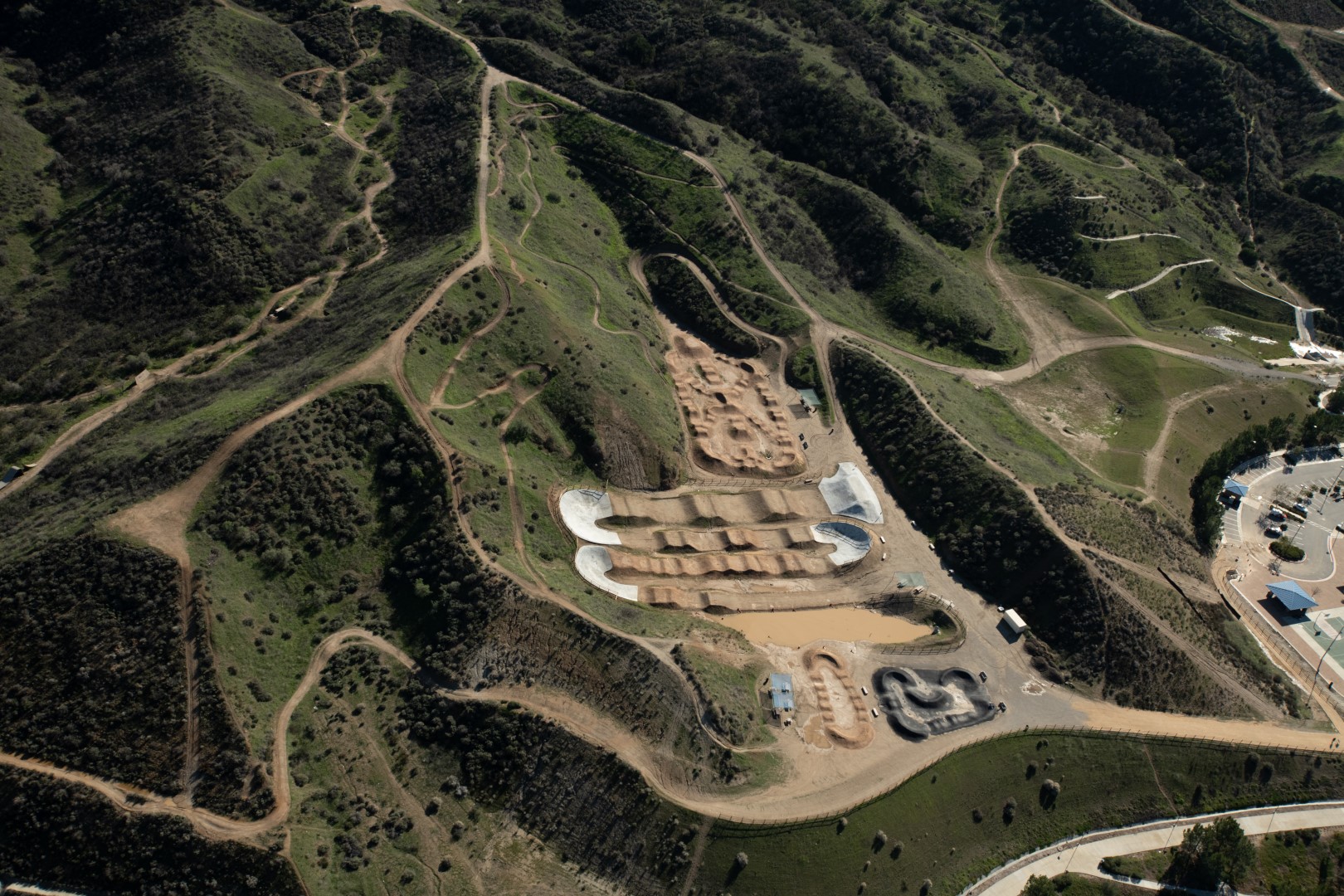A batch of bills signed by Governor Brown this week were related to increasing the number of zero-emission vehicles in California, and making them available to people who wouldn't be able to afford them. They include bills that will allow electric charging stations to be built at state parks and beaches and bills that extend existing incentive programs.
Some have an equity aspect to them, in recognition that if California wants to increase the proportion of electric vehicles in its overall fleet—as one new law calls for—there are going to have to be more ways for people of all incomes to be able to get and use them.
Bahram Fazeli, Policy Director at Communities for a Better Environment, said, “These bills are a good step in the right direction. They're not transformational—they don't change the landscape of electric vehicles in California, but they're all very good bills that move us closer to our goals.”
“We understand that there are big transportation challenges,” he added. “There is a lot of need for active transportation, better bike lanes, better transit. This is only one piece of the puzzle. But to the extent that people need to drive cars—and we hope that will be less and less as time goes by, those cars should all be zero emission.”
“And for California to reach its 2050 goals (that is, greenhouse gas emissions reduced to 80 percent below the level produced in 1990), the state has to have completely zero-emission transportation.”
The bills signed by Brown this week include:
Increasing ZEV Goals: S.B. 498 from Senator Nancy Skinner (D-Berkeley) sets a goal for the auto industry to increase the proportion of zero-emission light-duty vehicles to half of all vehicles in California by 2025.
In addition, A.B. 739 from Assemblymember Ed Chau (D-Monterey Park) sets a goal for state agency vehicle purchases: at least fifteen percent of specified heavy-duty vehicles must be zero-emission vehicles beginning in 2025, and at least thirty percent in 2030.
Equity: A.B. 615 from Assemblymember Jim Cooper (D-Elk Grove) extends existing income caps in the Clean Vehicle Rebate Project that are about to expire for two years. Under these programs, people who make more than $150k (for a single-income household) or $300k for joint incomes are not eligible for clean vehicle rebates, and available incentives are tied to income so that lower-income people get more help. These rebates are only for new car purchases.
Replacing Old Polluting Cars: A.B. 630, also from Cooper, expands an existing clean vehicle program that encourages low-income residents to get rid of high-polluting vehicles and replace them cleaner, more efficient ones. This program provides larger rebates for low-income people living in disadvantaged communities that bear a larger pollution burden.
Another bill, A.B. 188 from Assemblymember Rudy Salas Jr. (D-Bakersfield), adds some light-duty trucks to the list of qualifying replacement vehicles as long as they meet higher vehicle efficiency standards.
Incentives: A.B. 544 from Assemblymember Richard H. Bloom (D-Santa Monica) extends another existing incentives for clean car buyers by allowing them to continue using carpool lanes.
Infrastructure: A.B. 1082 and A.B. 1083 from Assemblymember Autumn R. Burke (D-Inglewood) authorizes pilot programs to allow new electric vehicle charging stations to be built at state parks, beaches, and schools. “There are a lot of bottlenecks to the uptake of electric vehicles,” said Fazeli. “One is a lack of infrastructure. Say you're a teacher at a school and you are considering buying a new vehicle. Right now you have no place to charge it. But visibility of available charging stations has shown to be a strong factor in EV uptake--if people see it, they know they can actually charge their vehicle, then more are likely to buy one.”
“It's also an infrastructure problem, especially in environmental justice communities, where there are hardly any charging stations for the public. Any program that pushes out infrastructure and creates more charging stations is a good step ,” he said. “We are trying to support any attempt at creating greater access for everyone.”
Governor Brown added a cautionary note to his signing message on these bills. While acknowledging that “improved access to electric vehicle charging stations for all Californians is an important component of achieving the goal of 1.5 million zero-emission vehicles by 2025,” he added a warning to the legislature to work with “the [California Transportation] Commission, utilities, and other interested parties to evaluate the effectiveness of existing pilot programs before passing additional bills that direct investments in specific locations.”
Another bill, A.B. 1452 from Assemblymember Al Muratsuchi (D-Torrance) makes it legal for local jurisdictions to dedicate on-street parking spaces on public streets for the exclusive purpose of charging a parked electric vehicle, as long as appropriate signage is installed.
Fazeli points out that there's limited funding available for these incentive programs. Most of it right now comes from the state's Greenhouse Gas Reduction Fund, which comes from the cap-and-trade system, and some is coming from the Volkswagon settlement fund. In 2017-18, the entire package of incentives will receive $660 million, divided among existing programs.
Several bills on electric vehicles did not get signed but are still in the legislature, pending next year's session. They include one from Assemblymember Sabrina Cervantes (D-Corona) to offer rebates to low-income people who buy used cars, and another from Assemblymember Ian Calderon (D-Whittier) that would create a financing structure for people with limited credit to buy zero-emission vehicles.
“If you want a rapid uptake of zero-emission vehicles,” said Fazeli, “You have to give more incentives to people who are restricted from buying because they lack money. Also, you really have to make sure that people in communities that are most affected by pollution have access to those benefits.”
Note: GJEL Accident Attorneys regularly sponsors coverage on Streetsblog San Francisco and Streetsblog California. Unless noted in the story, GJEL Accident Attorneys is not consulted for the content or editorial direction of the sponsored content.






